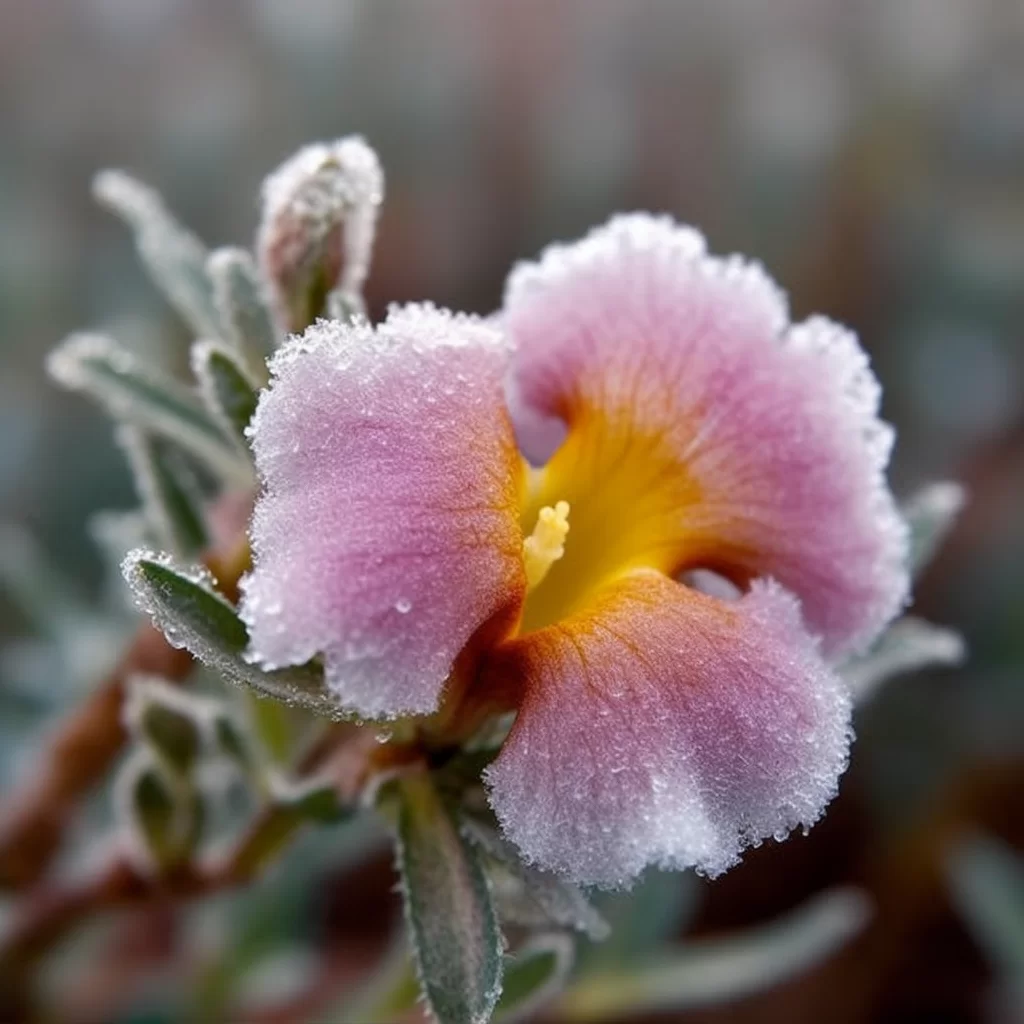Story of Day :
Contents
The Cistus Plant – A Complete Guide and Care Tips
Are you tired of planting the same old flowers in your garden? It’s time to spice things up with the cistus plant! This beautiful flowering shrub is a favorite among garden enthusiasts and for good reason.
In this article, we will provide you with all the information you need to know about the cistus plant, including care tips and tricks on how to keep it thriving in your garden.
What is a Cistus Plant?
The cistus plant, also known as rock rose or sun rose, is a flowering shrub that typically grows in dry climates like those found around the Mediterranean sea.
The shrub produces beautiful pink or white flowers that bloom in late spring or early summer.
The leaves of the cistus plant are often dark green and have an aromatic scent when crushed.
Care Tips for Caring for Your Cistus Plant

If you’re looking to add a cistus plant to your garden, it’s important to understand its care requirements.
Although they’re relatively easy plants to maintain, there are certain things you need to consider:
- Sun Exposure: These plants love full sun exposure.
Make sure that they get at least 6 hours of sunlight per day.
- Soil Type: The soil should be well-draining and alkaline with proper drainage so it doesn’t pool water around roots
- Water Requirements: They do not require much water after establishment but make sure not let them dry out completely
- Fertilizer:You can apply slow-release fertilizer once every year during Spring after pruning it for shape and to remove any deadwood
- Pruning: Prune your cistus plant every year after the blooming season has ended.
This will promote better growth and more flowers for the following year.
Common Cistus Plant Diseases and Pests
Cistus plants are generally healthy shrubs, but like all plants, they can be susceptible to pests and diseases.
Some common problems that you may encounter include:

- Aphids: These small insects can suck the sap from the leaves of your cistus plant, causing them to wilt or die.
You can use insecticidal soap or neem oil spray to help keep them away.
- Powdery Mildew: This fungal disease can cause a powdery white substance on the leaves of your plant.
You should remove any infected leaves immediately as it spreads fast in damp conditions
- Rust Fungus:This fungus causes brown spots on the underside of leaves eventually yellowing leaf which then drops from branches
Conclusion
The cistus plant is a beautiful addition to any garden with its stunning blooms and aromatic scent when crushed .
With proper care, this shrub will thrive in full sun exposure areas with well-draining alkaline soil type which makes it perfect for Mediterranean landscapes.. Remember that pruning is necessary annually after blooming season ends.
Keep an eye out for aphids, powdery mildew or rust fungus so you catch these pesky issues early! We hope this guide helps you successfully grow and maintain a healthy cistus plant in your garden!